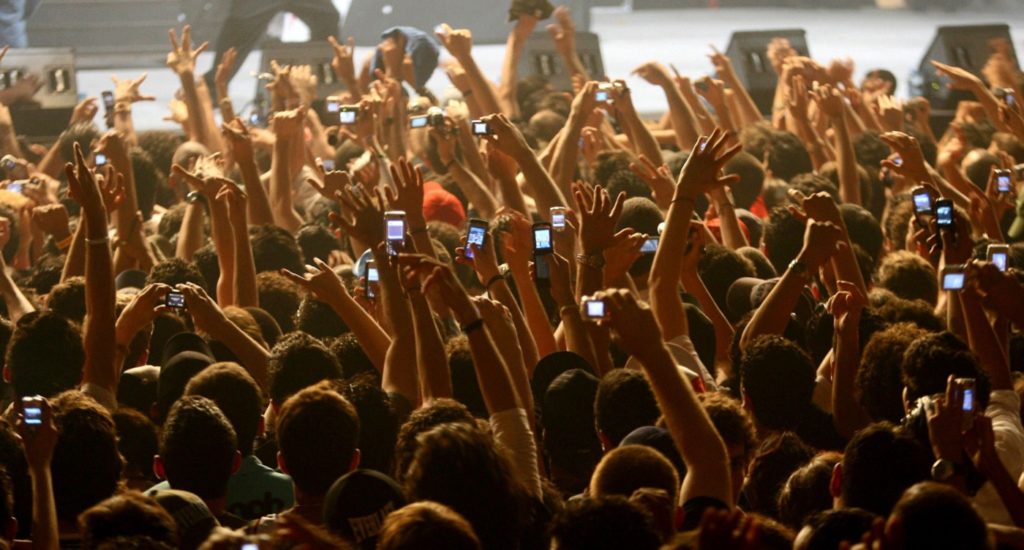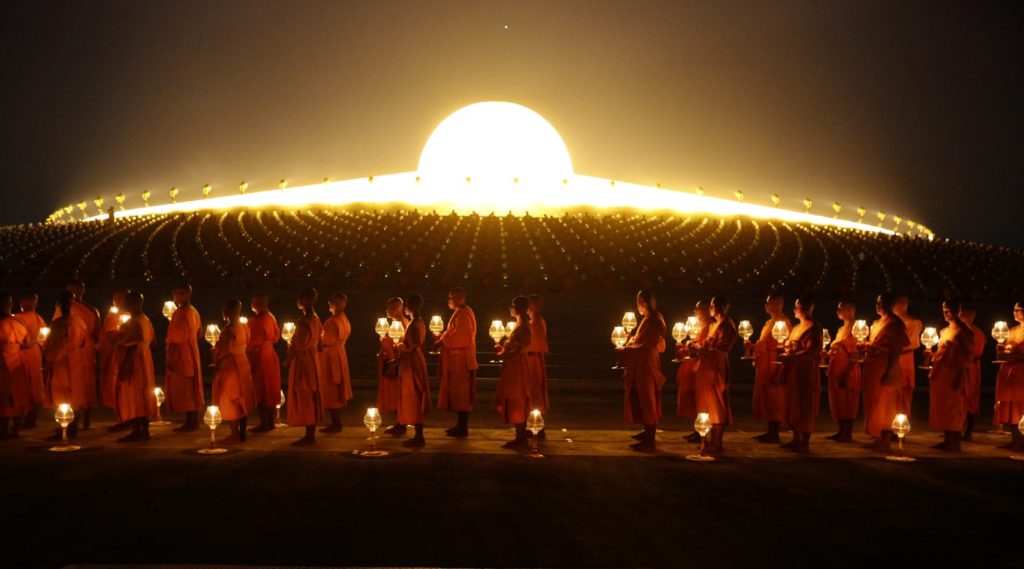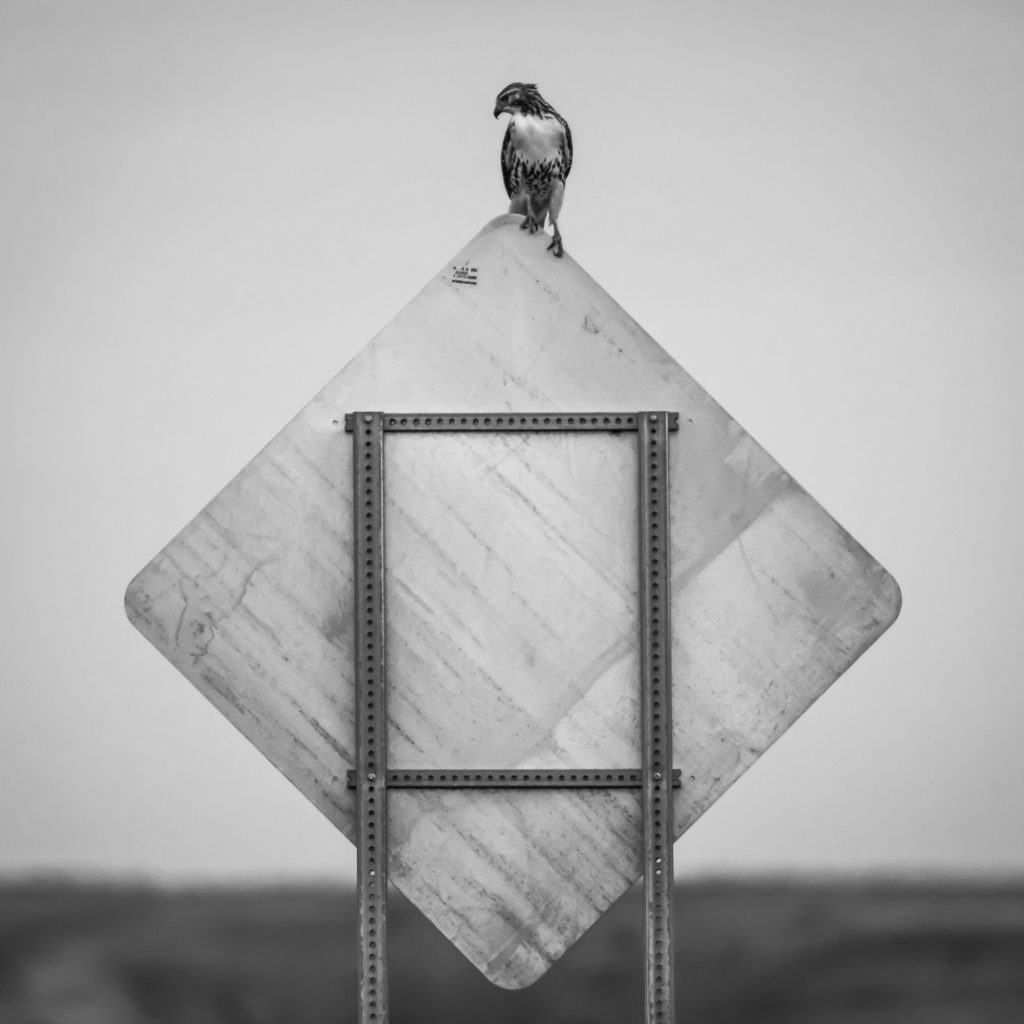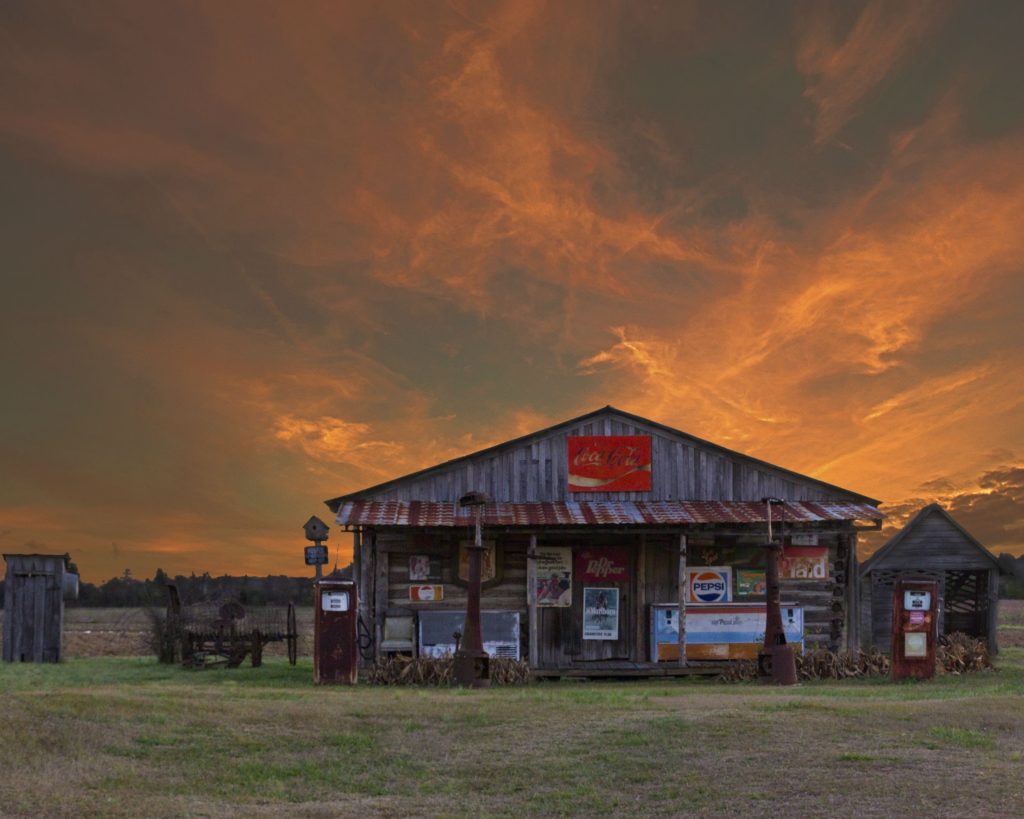The lesson Buddhists can learn from photographers.
By Ben Chapman

You’ve been there…
The lights go down, and the pre-recital announcement booms on the speakers…
“Filming during the show will be strictly prohibited”
Yeah right.
The bright light of their iPhone screen shines in the face of all the poor souls behind them, creating a cascade of whispered complaints through the crowd. And of course they have to hold it above their head because it’s the only way to get a clear view of the stage! How will they show their friends how great of a time they had if they can’t prove their experience through shaky, indistinct shapes and low-grade audio?
Whether it’s for Snapchat, Facebook, or Instagram, compulsive-concert-filmers usually have one thing in common: they have a desire to save an experience for later.
So what does this have to do with mindfulness? Mindfulness is the practice of being aware in the present moment. That’s all it is. Documenting an experience for a Snapchat story is not conducive to presentness because it draws the focus out of the current experience and into a “Stacy will love this video” state of mind.
The described scenario is a situation in which a person takes deliberate actions to preserve a fleeting moment for the future. This concept directly contradicts a major tenet of mindfulness: all is transient and nothing is permanent. The goal to preserve the impermanent is directly opposed to being mindful, and will only cause suffering.
To those familiar with the practice of mindfulness, the concerns of social media and internet in relation to mindfulness is a tired subject, and I have not yet offered anything new to the conversation. But I’m about to. Is it possible that documentation of a moment could actually lead to increased awareness of the present moment?
How could the practice of preserving an experience for a later time be conducive to mindfulness? My argument rests on the premise of what I call “the photographer’s eye”, a term I use to describe the way a photographer sees the world.
Photographers train themselves to find beauty in the ordinary. They see symmetry and light balance where the layman sees an airplane, and they can appreciate the coarse artistry of a Chicago sunset where most people just see a traffic jam. In this way, the photographer’s eye is trained to appreciate each second as exquisite and noteworthy. Photographers are finely tuned to pay attention to each element of a moment — even those elements that may be invisible to laity — then piece the parts together to create an experience.
Chicago Commute, Canadair CL-415, Hawk on a Sign, General Store in Alabama —
The above 4 photos demonstrate how photographers take what could be an everyday experience for most of us, then unearth beauty only they can see.
Of course, the above arguments are pure generalizations. Not every Facebooker views the world as something preservable and permanent, just as not every trained photographer has learned to soak up every elegant moment the world offers. My analysis up to this point only serves as a premise for a larger instruction.

What’s my point?
The lesson here is simply a reiteration of the age-old instruction that mindfulness is not a category of acts, but a state of mind. True mindfulness rests on intention and focus in the present moment, not on outcome or goal-setting. Photography can be an essential tool for you on The Path, or it can be a roadblock. This is why the Buddha created such minimalist and non-binding dogmas. He recognized that we are in a world full of compassionate soldiers and violent monks, and all that was required to reach liberation was intent.
“There is nothing good or bad, but thinking makes it so.” -William Shakespeare
Enlightenment — and the path to it — is not a list of prescribed daily teachings, habits, or exercises. Enlightenment may be realized in every moment by anyone.
-Ben Chapman, April 2017



